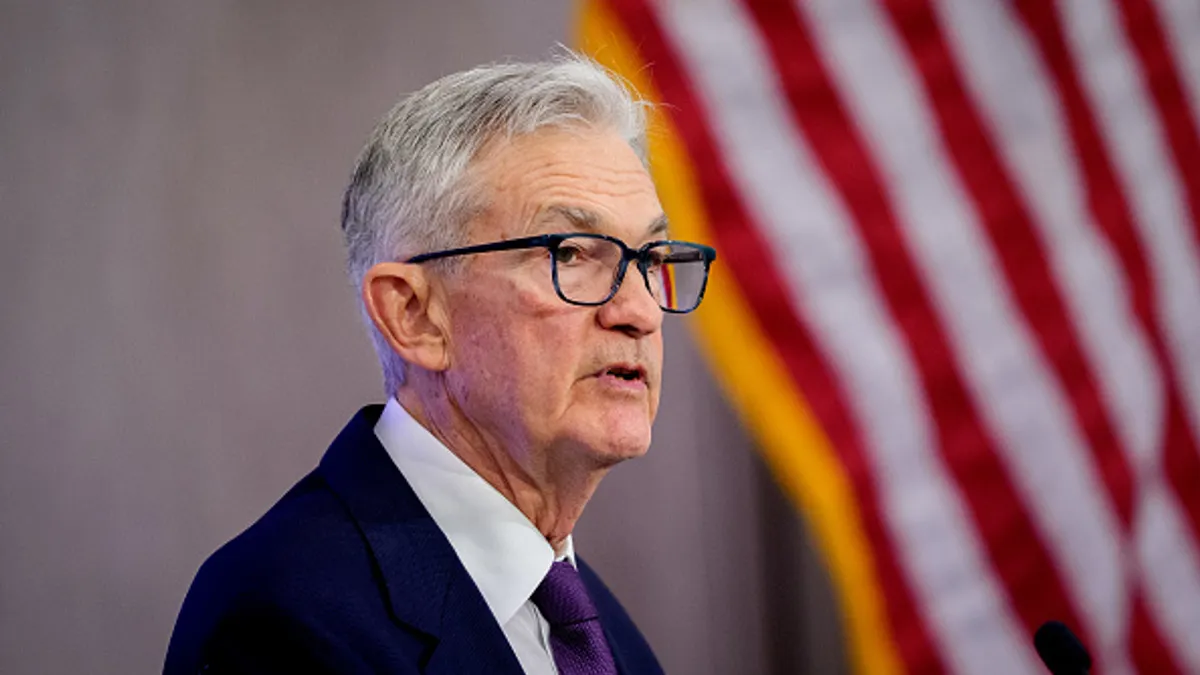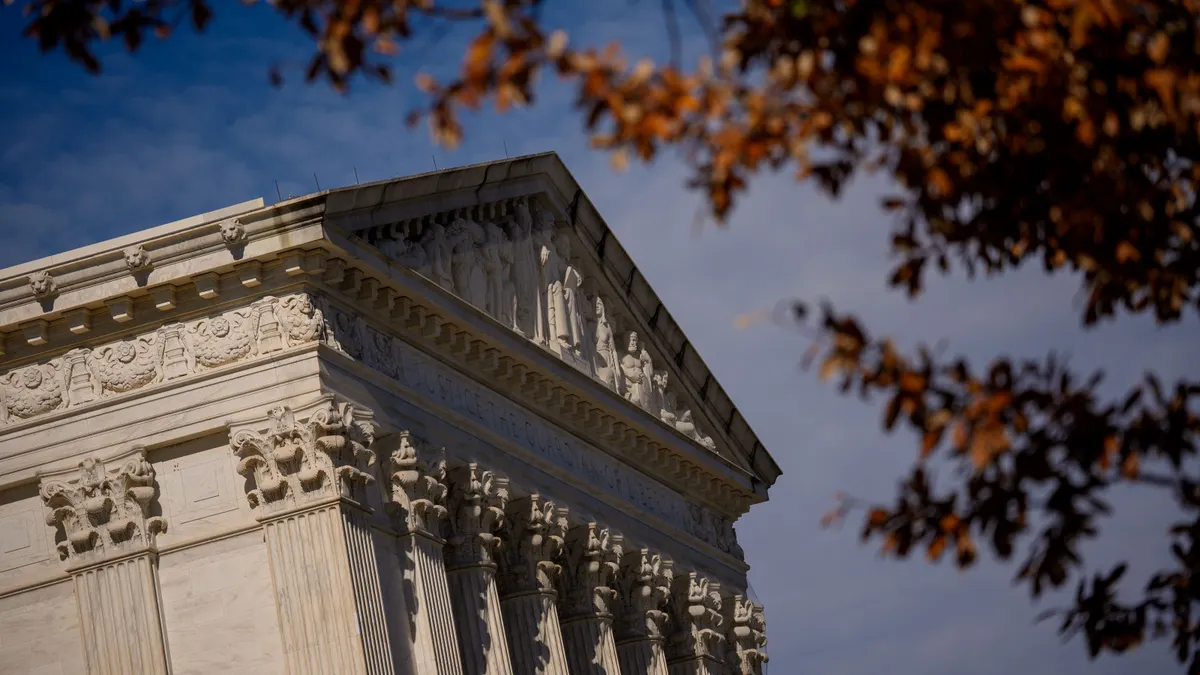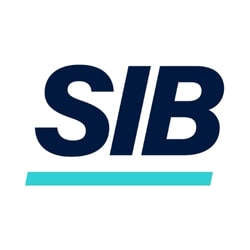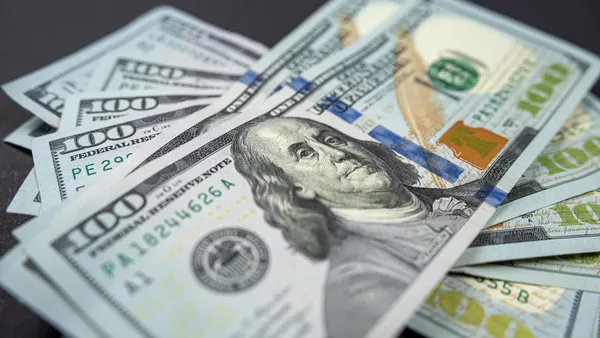Dive Brief:
- Federal Reserve policymakers Wednesday flagged “elevated” inflation and held the benchmark interest rate between 4.25% and 4.5%, overriding rare dissenting votes by two officials who called for a quarter-point cut to the main rate.
- The decision reflects a reluctance among Fed officials to trim borrowing costs before gaining greater confidence that the highest tariffs since the 1930s will not reignite inflation, which persists above the central bank’s 2% target. The dissenting Fed governors, Michelle Bowman and Christopher Waller, supported policy easing in speeches earlier this month, citing signs of weakness in the job market.
- Fed Chair Jerome Powell disagreed with his two colleagues. “Labor market conditions have remained solid” while inflation “remains somewhat elevated relative to our 2% long-run goal,” he said during a post-meeting news conference. “The economy is not performing as if a restrictive policy is holding it back,” he said.
Dive Insight:
The mix of a cooling labor market and stubborn, above-target inflation poses a dilemma for the central bank, which is mandated by Congress to ensure both price stability and full employment.
Powell and most of his colleagues this year have supported a wait-and-see strategy before trimming the benchmark rate, warning that high import duties may spur a sustained, rather than temporary, jump in prices.
Yet such patience disregards signs of job market weakness, and may prompt an unnecessary rise in unemployment, according to Waller and Bowman.
Job openings fell in June compared with May and the hiring rate fell to 3.3%, one of the lowest levels since 2013, according to Labor Department data released Tuesday.
Also, the proportion of consumers that consider jobs hard to find rose this month to 18.9% from 14.5% in January, the Conference Board said Tuesday.
Yet Powell considers the labor market healthy.
“By many, many statistics, the labor market is kind of still in balance,” he said.
“Things like quits, job openings and let alone the unemployment rate, they’re all by many measures very similar to where they were a year ago,” he said. “So you do not see weakening in the labor market.”
The unemployment rate for many months has stayed close to its current 4.1% level and the labor market has become balanced as both supply and demand for workers have simultaneously fallen, Powell said.
“The fact that it’s getting into balance due to declines in both supply and demand, though, is suggestive of downside risks,” he said. “So of course we’ll be watching that carefully.”
Flagging economic growth may signal a risk from postponing a reduction in borrowing costs.
Gross domestic product shrunk at a 0.5% annual rate during the first quarter and then rose 3% during the second quarter, according to preliminary data from the Bureau of Economic Analysis released Wednesday.
Higher import duties under the Trump administration skewed both GDP numbers, with a Q1 overstocking of imported goods to front-run tariffs offset by a decline in imports during Q2.
The result: 1.2% annual GDP growth during the first six months of this year, less than half the 2.8% rate for all of 2024.
At the same time, price pressures argue for continuing to pursue a slightly restrictive monetary policy, Powell said.
The consumer price index rose at a 2.7% annual rate in June compared with 2.4% the prior month, according to the Bureau of Labor Statistics.
“We want inflation to move all the way back to its target” of 2%, Powell said, adding that policymakers aim to ensure tariffs do not provoke more than a one-time jolt to prices.
“We want to do that efficiently, though,” he said.
“If you move too soon, you wind up not getting inflation all the way fixed and you have to come back” with an interest rate increase, Powell said. “If you move too late, you might do unnecessary damage to the labor market.”
Editor’s note: This story has been updated with comments from a press conference by Fed Chair Jerome Powell.














